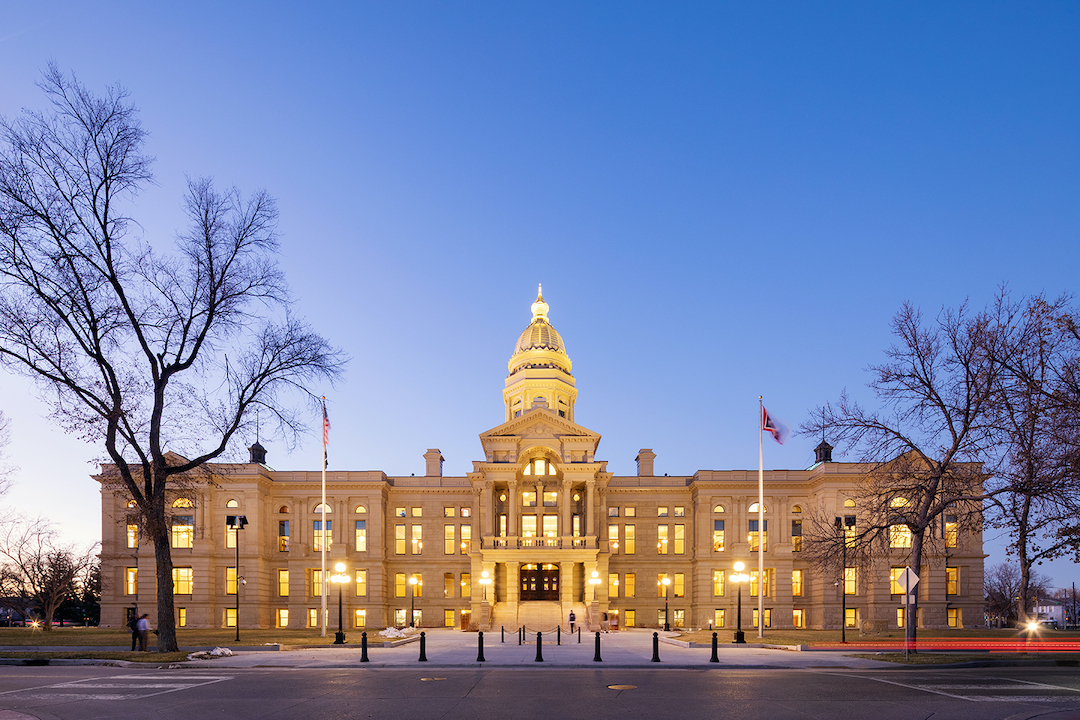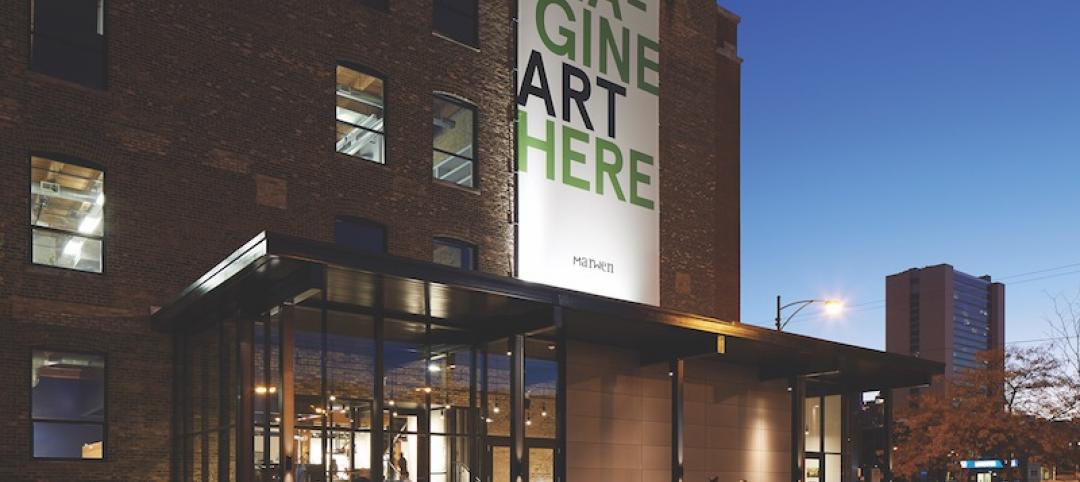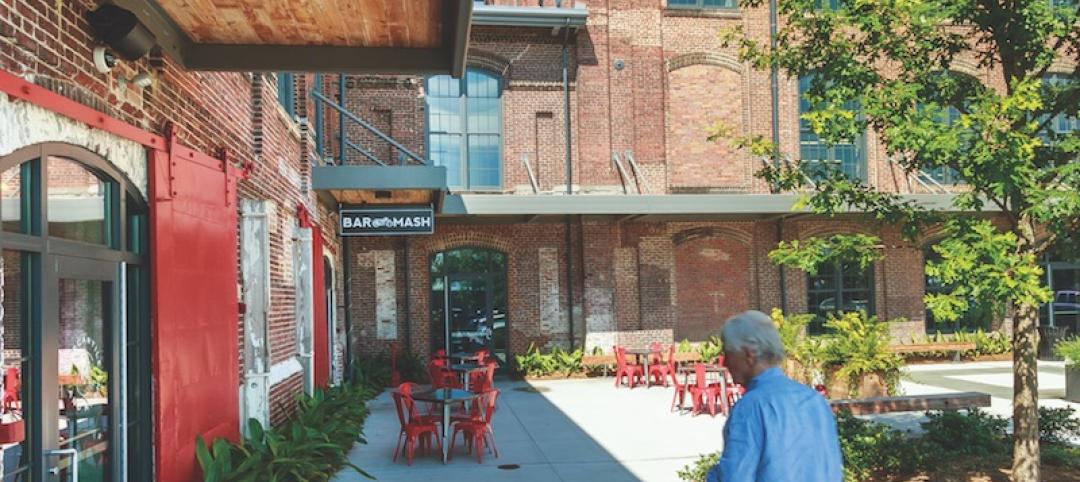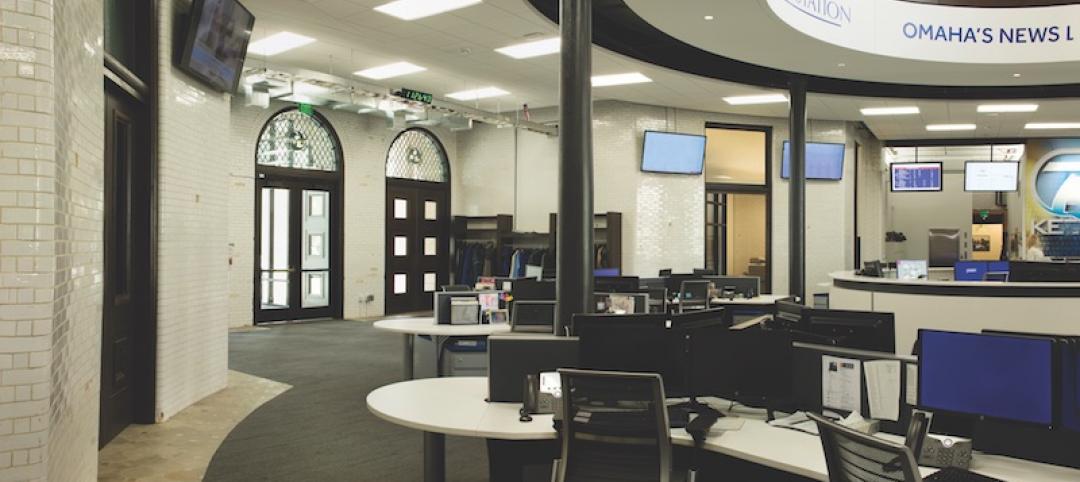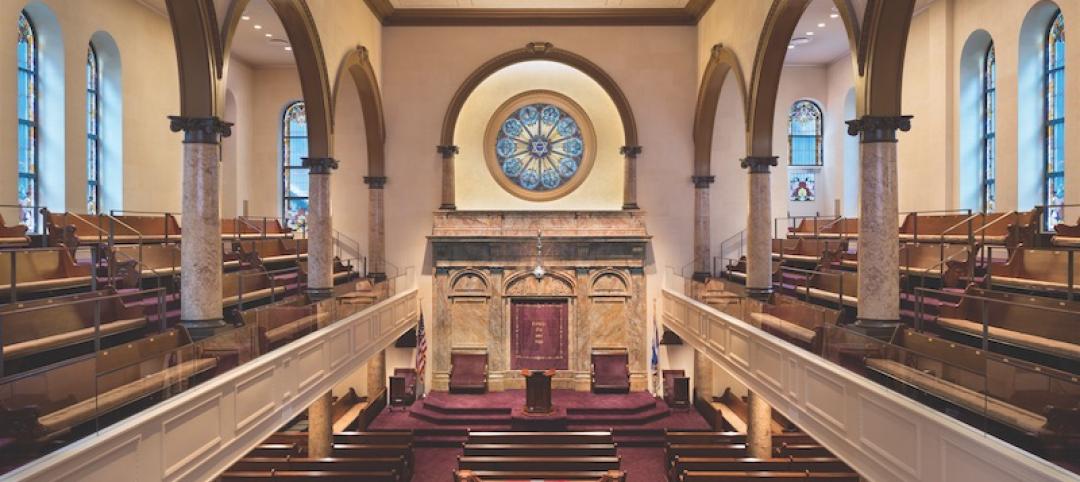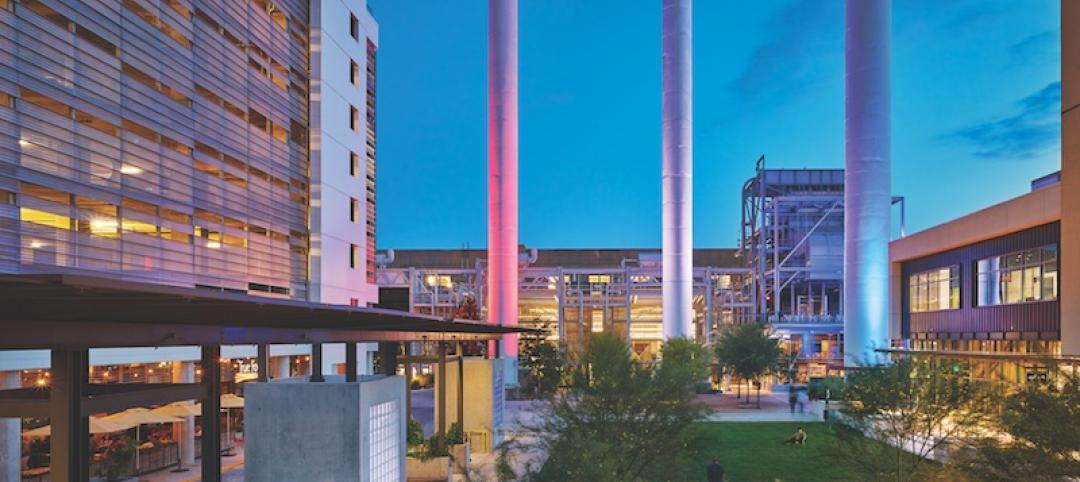Originally built in 1886, the Wyoming Capitol Square has recently undergone a renovation project of the 129,539-sf Historic State Capitol, the 360,862-sf Herschler Office Building, and an underground connector gallery that serves as a tunnel for the Capitol Square.
The $300 million project replaced outdated building systems, added critical life safety infrastructure, and addressed public space needs, especially for larger meeting rooms. The Herschler Building was remodeled and expanded by 56,000 sf to house state agencies and elected officials. The atrium on the north side of the building was removed to improve and restore views to the Capitol.
The Capitol Extension, a below-grade building that connects the Capitol to the Herschler Building, has been expanded by 28,000 sf to accommodate public space needs that could not be met in the Capitol. These spaces include large public meeting rooms, a 238-seat auditorium, a visitor’s center, and a student learning center.
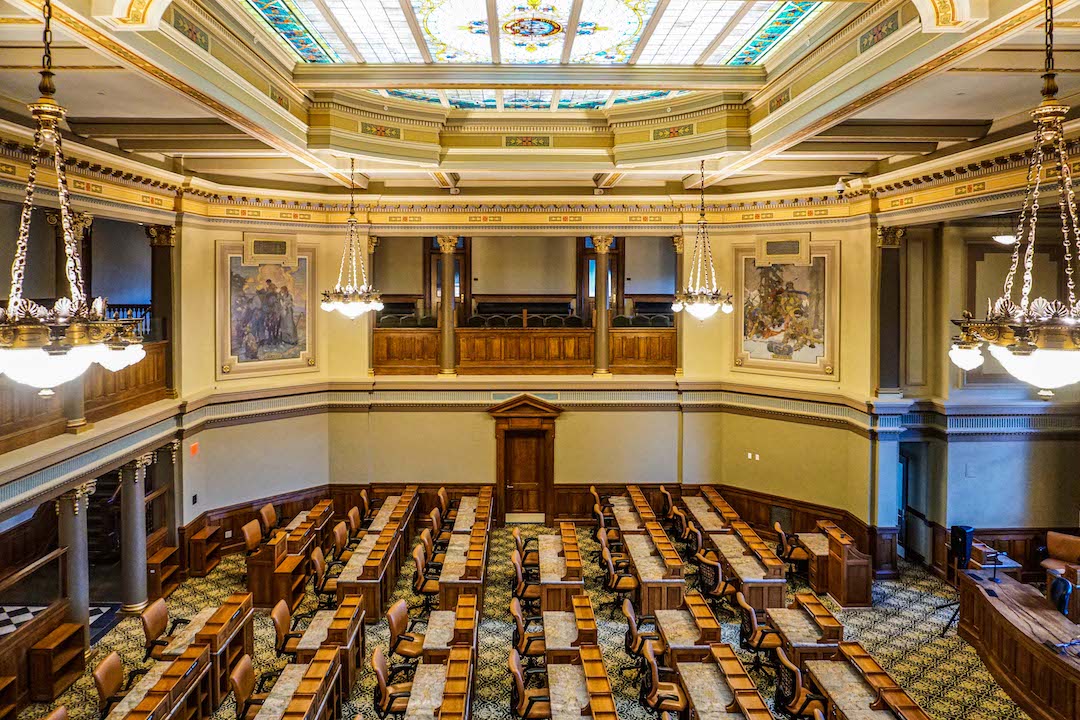 Photo: Dan Schwalm Photography.
Photo: Dan Schwalm Photography.
A new below-grade utility plant, which serves five state buildings, was also included to replace the aging central utility plant originally located in the connector. In order to move the MEP systems below grade, existing rubble, masonry, and concrete footings needed to be repaired. The build team coordinated and installed over 600 micropyles with shotcrete foundations to stabilize existing foundations and allow MEP systems to run below footings without destabilizing them.
The project’s attention to detail sets it apart from many other renovation and restoration efforts. Many small details were restored and recreated by hand.
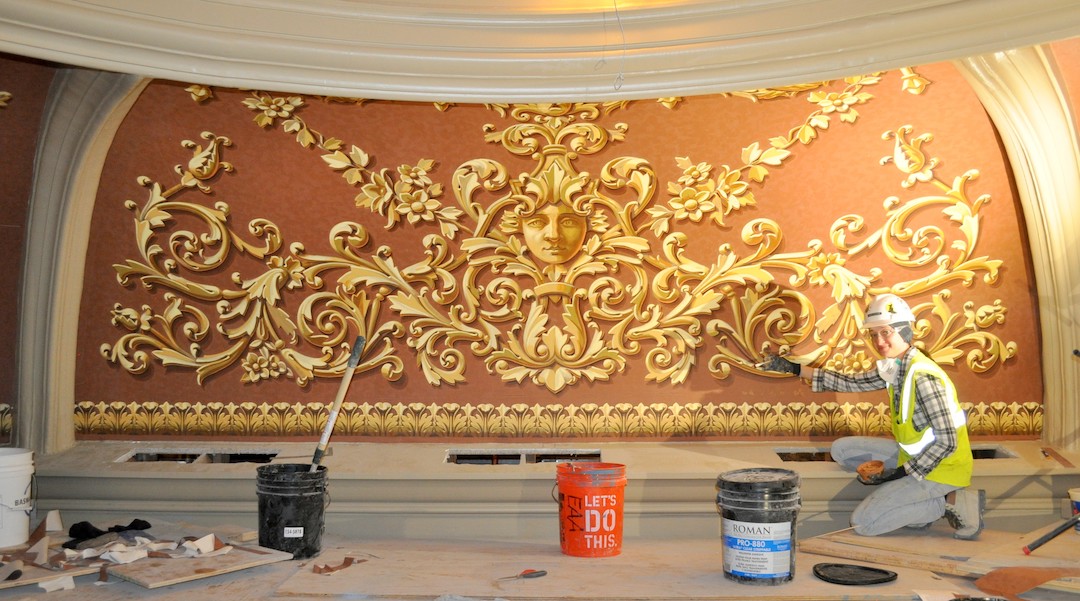
For example, previous restoration efforts painted over many decorative paintings and details within the building. The build team wanted to restore these details to their previous luster. This meant removing the paint layer by layer to expose the original decorative paint schemes and colors, and then recreating and restoring them. An original painting at the top Capitol Rotunda (above) was slowly revealed and then hand painted to recreate the original work.
Murals that had previously been painted over and forgotten about were rediscovered on six vault doors. After being restored to their original state, the murals became a highlight of the project as they were not previously documented and had not been seen by the public for decades. Other interior efforts included restoring original marble floors and elaborate woodwork throughout the building.
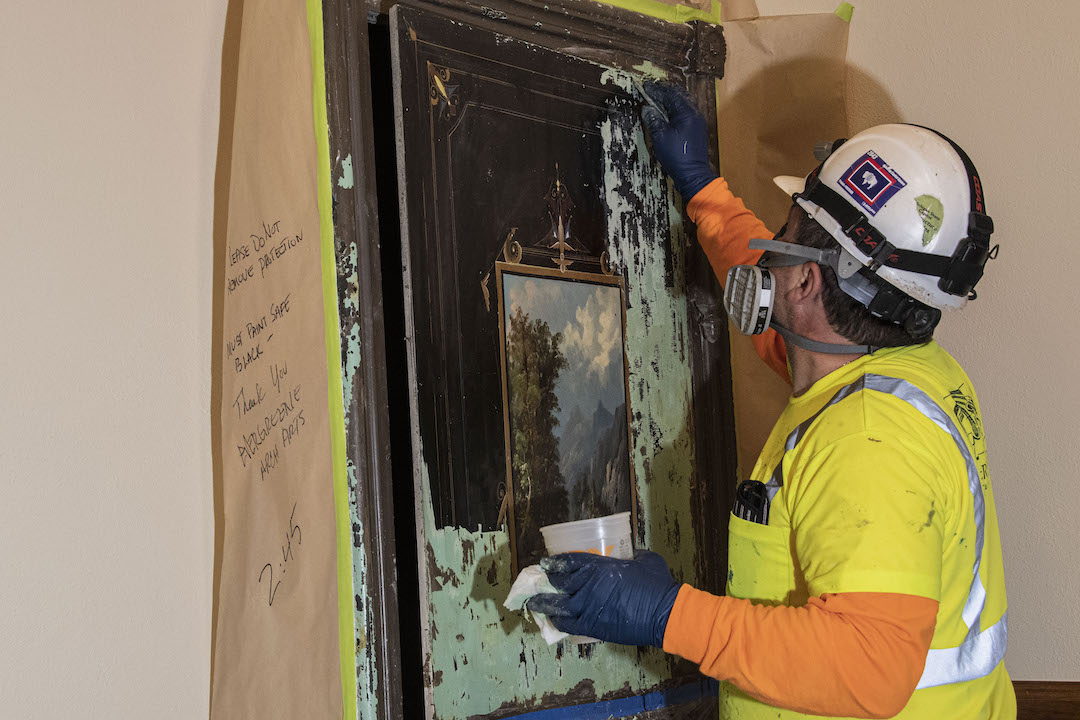 Photo: Girt Communications.
Photo: Girt Communications.
The exterior of the building also required meticulous restoration efforts. The Capitol dome was regilded in gold while hand carved stone elements that had been deteriorated by weather over the last 100+ years were recreated by hand. The replacement and restoration of the original sandstone required the reopening of the original quarry where the stone was mined in Rawlins, Wyo. The quarry had been closed for over 100 years but reopening it allowed the build team to get the exact same stone as was used in the original construction.
Photo: Girt Communications.
The building’s original architect created four niches in the Capitol Rotunda that were meant to be adorned by statues, but the vision never came to fruition. The project sought to change that. Delissalde, a sculptor, was commissioned to create four statues to place in these niches and complete the original vision of the architect from 130 years ago.
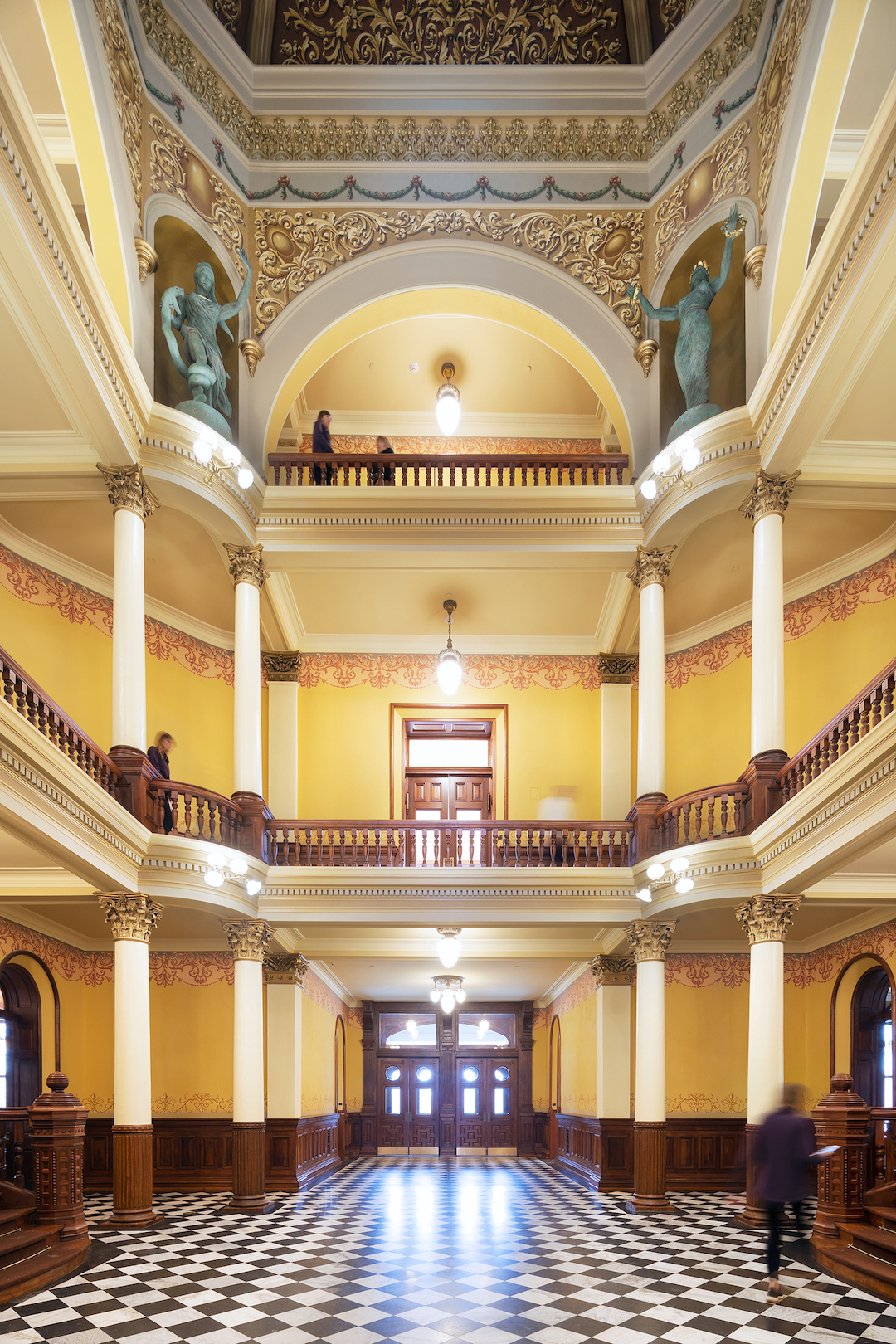 Photo: Dan Schwalm Photography.
Photo: Dan Schwalm Photography.
The project not only needed to accommodate a large construction crew (over 3,900 people were employed to work on various components over the four-year project), but also over 300 state employees that worked on-site in the Herschler Building. The Herschler project was phased in a way that allowed for half of the building to remain occupied while the other have was renovated and the expansion was built. When the first phase was completed, the employees were moved to the new half while construction commenced on the second phase.
The Wyoming Capitol Square project is believed to be the largest of its kind in Wyoming history.
PROJECT INFORMATION: Size 490,401 sf Construction start and finish April 2016 to July 2019 Cost $252,600,000 Delivery method CM/Risk, negotiated
BUILDING TEAM: Submitting firm JE Dunn Construction Owner/Developer State of Wyoming Architect HDR Architecture SE Silman MEP Loring Engineering GC JE Dunn Construction Program Manager MOCA Systems
Related Stories
Reconstruction Awards | Nov 16, 2016
Reconstruction Awards: Marilyn I. Walker School of Fine and Performing Arts, Brock University
The five-story brick-and-beam structure is an adaptive reuse of the Canada Hair Cloth Building, where coat linings and parachute silks were once made.
Reconstruction Awards | Nov 16, 2016
Reconstruction Awards: Marwen
Marwen currently offers 100 studio courses to 850 underserved students from 295 schools and 53 zip codes.
Reconstruction Awards | Nov 16, 2016
Reconstruction Awards: The Cigar Factory
The Cigar Factory was originally a cotton mill but became the home of the American Cigar Company in 1912.
Reconstruction Awards | Nov 16, 2016
Reconstruction Awards: St. Patrick's Cathedral
The cathedral, dedicated in 1879, sorely needed work.
Reconstruction Awards | Nov 15, 2016
Reconstruction Awards: Lovejoy Wharf
After demolishing the rotten wood wharf, Suffolk Construction (GC) built a new 30,000-sf landscaped quay, now known as Lovejoy Wharf.
Reconstruction Awards | Nov 15, 2016
Reconstruction Awards: KETV-7 Burlington Station
The 1898 Greek Revival train terminal, which was listed on the National Register of Historic Places in 1974, had been abandoned for nearly four decades.
Reconstruction Awards | Nov 14, 2016
Reconstruction Awards: The Gallery at the Three Arts Club
On the exterior of the building, masonry and terra cotta were revitalized, and ugly fire escapes on the south façade were removed.
Reconstruction Awards | Nov 14, 2016
Big-box store rescaled to serve as a preventive-care clinic
The hospital was attracted to the big box’s footprint: one level with wide spans between structural columns, which would facilitate a floor plan with open, flexible workspaces and modules that could incorporate labs, X-ray, ultrasound, pharmacy, and rehab therapy functions.
Reconstruction Awards | Nov 14, 2016
Fire-charred synagogue rises to renewed glory
The blaze left the 110-year-old synagogue a charred shell, its structural integrity severely compromised.
Reconstruction Awards | Nov 11, 2016
Adaptive reuse juices up an abandoned power plant
The power plant was on the National Register of Historic Places and is a Recorded Texas Historic Landmark.


